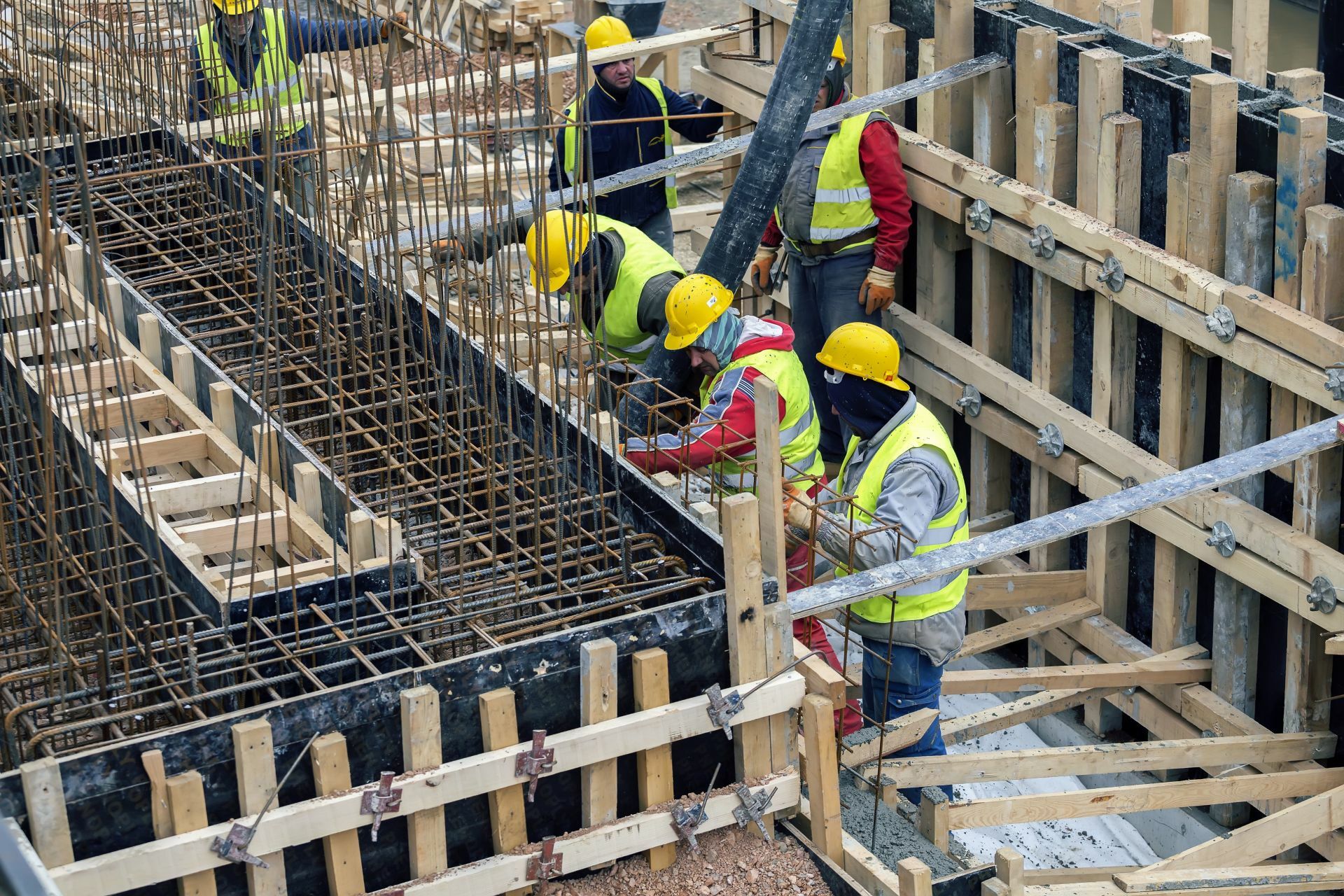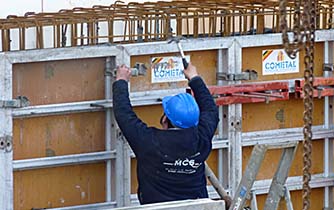Career Opportunities
Graduates of the Shuttering Carpenter - System course are well-prepared
to enter the construction industry, where skilled shuttering carpenters
are in high demand. The skills acquired in this course open up various
career opportunities:
- Shuttering Carpenter: Graduates can work as shuttering
carpenters on construction sites, specializing in the assembly and
disassembly of formwork for concrete structures. This role is
essential in ensuring that concrete elements are accurately shaped
and dimensioned according to project specifications.
- Formwork Specialist: With experience, graduates can advance
to roles as formwork specialists, where they oversee the planning,
design, and execution of formwork systems on large-scale
construction projects. This role requires a deep understanding of
formwork technology and the ability to manage complex construction
tasks.
- Construction Supervisor: Experienced shuttering carpenters
may move into supervisory positions, where they manage teams of
carpenters and ensure that formwork construction is completed
safely, on time, and to the required quality standards.
- Formwork Consultant: Some graduates may choose to specialize
further and become formwork consultants, providing expertise on
formwork systems to construction companies and contractors. This
role involves advising on the most efficient and cost-effective
formwork solutions for specific projects.
Potential for Growth
The construction industry offers significant opportunities for career
growth, particularly for those with specialized skills in shuttering
carpentry. As construction technology continues to evolve, there is a
growing demand for professionals who are proficient in using advanced
formwork systems. Continued education and training in new formwork
technologies, safety standards, and construction management can further
enhance career prospects and lead to higher-paying positions.
Conclusion:
The Shuttering Carpenter System course provides a comprehensive
education in a trade that is critical to the success of modern
construction projects. By combining theoretical knowledge with hands-on
experience, the course prepares students to meet the challenges of the
construction industry with confidence. Graduates are equipped with the
skills necessary to build structurally sound concrete elements, ensuring
the safety and longevity of the buildings and infrastructure they help
create. With a strong foundation in shuttering carpentry, graduates are
well-positioned to pursue rewarding careers in a dynamic and growing
field.
/logo.png) ISO 9001 : 2015
ISO 9001 : 2015






